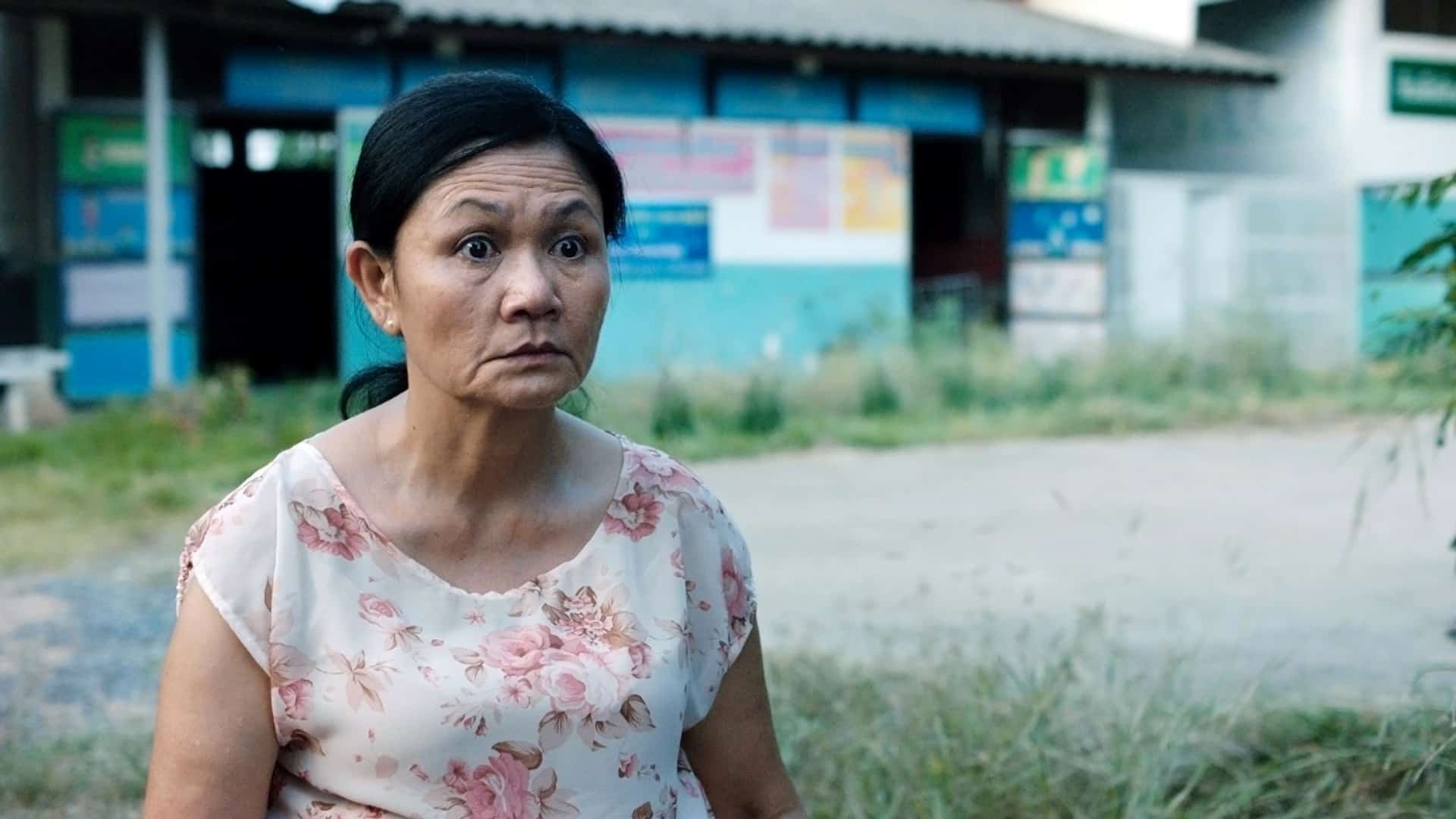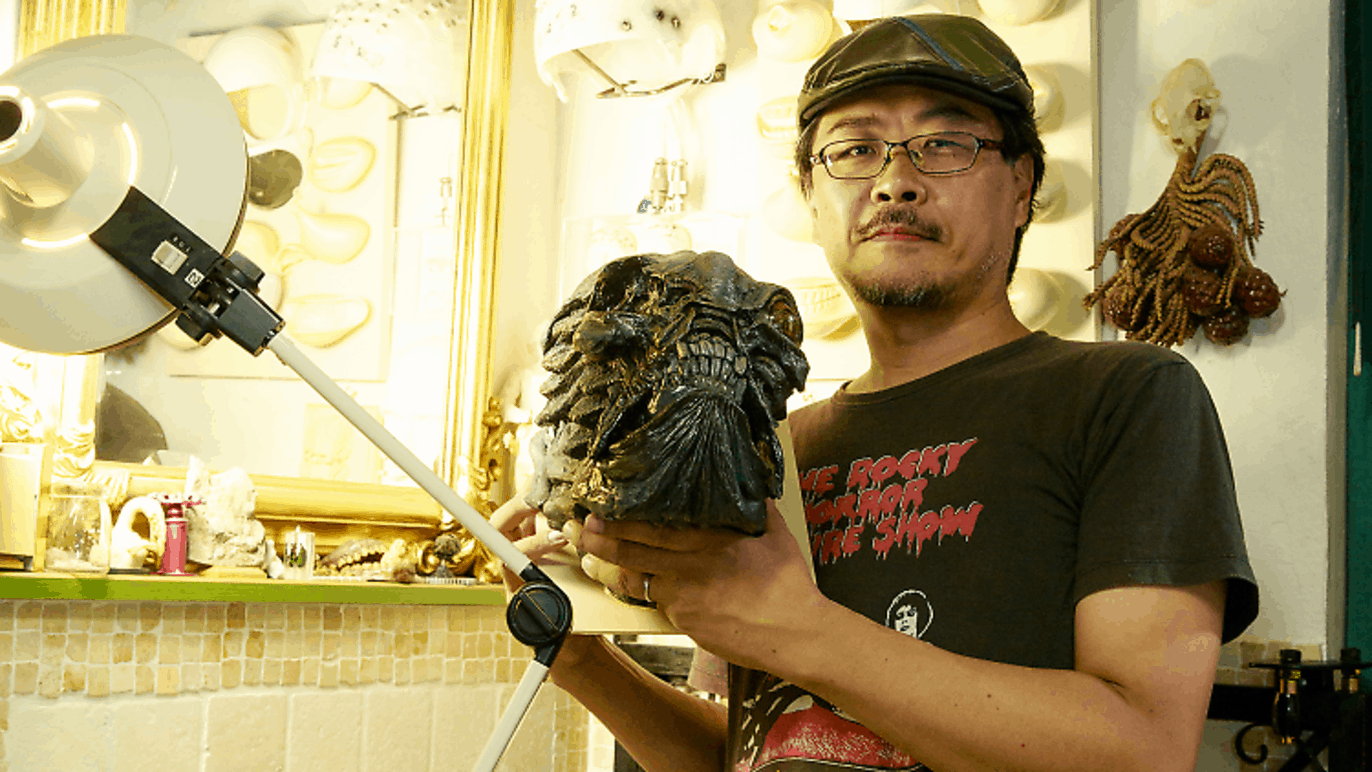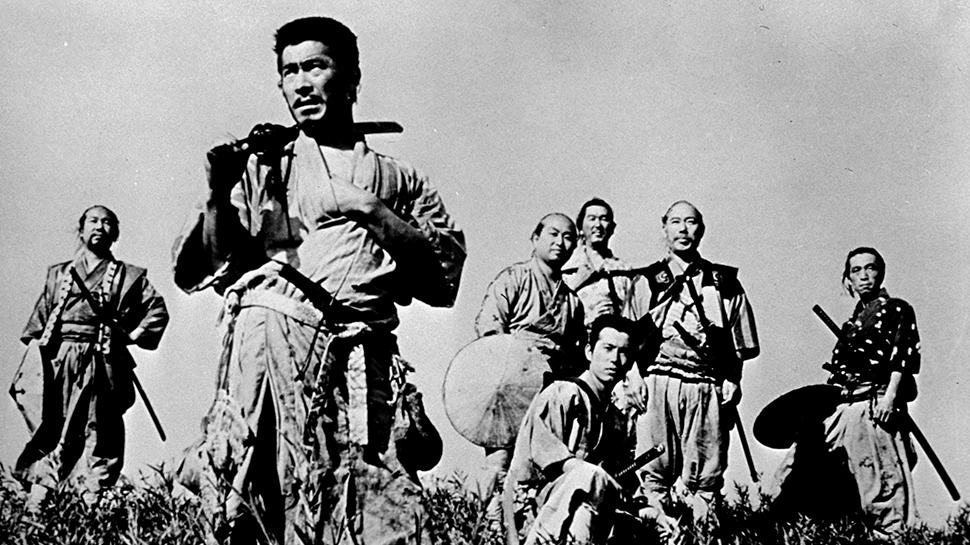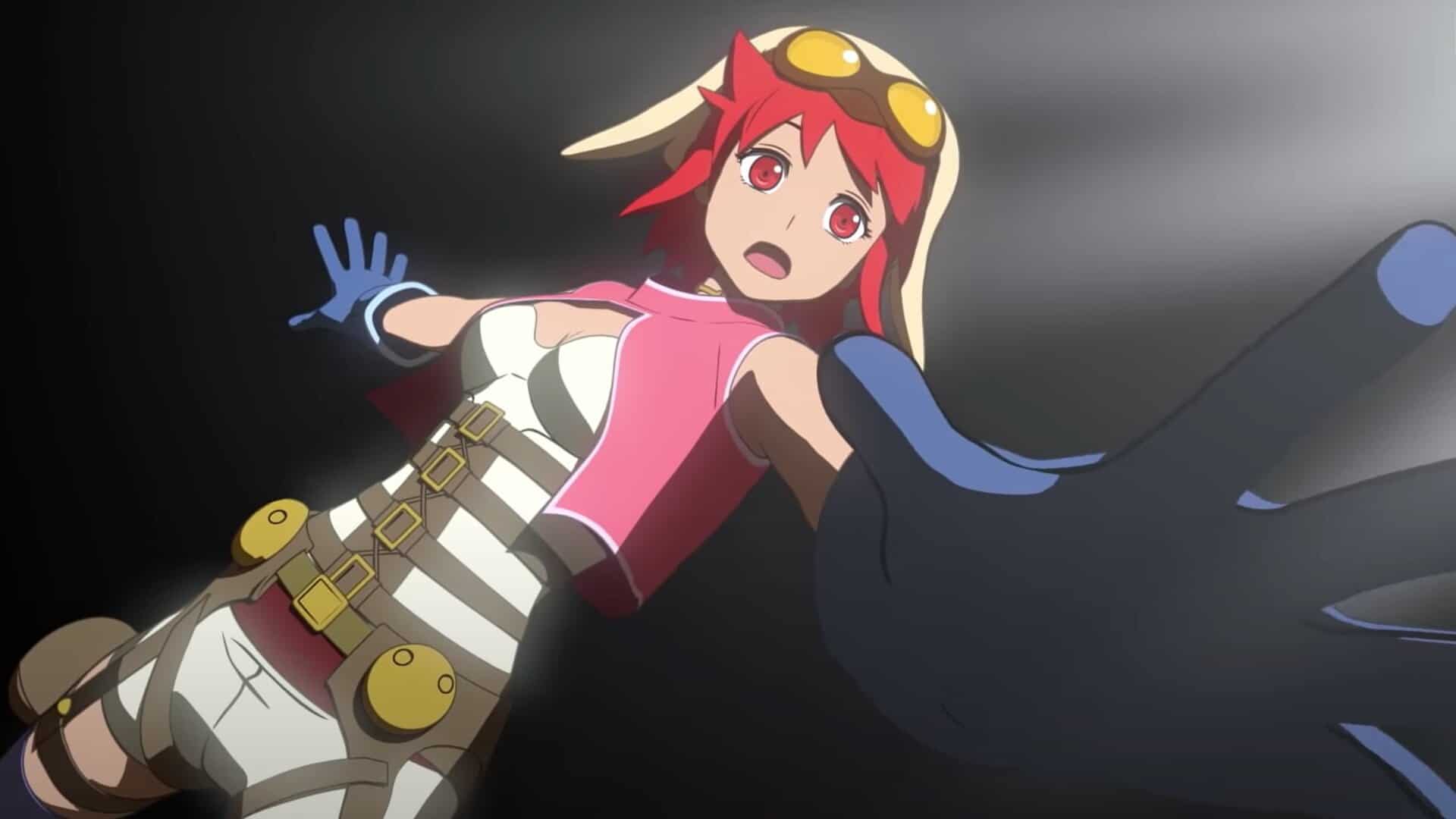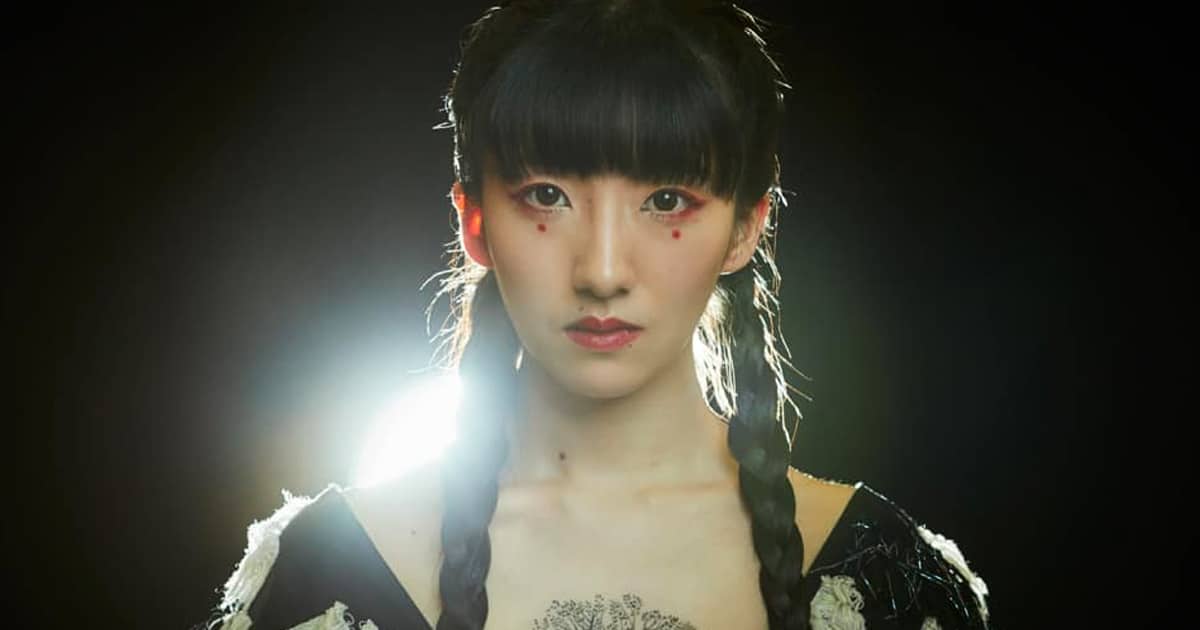Step aside WALL-E; there's a new garbage movie in town. Chih-yen Yee revives everyday waste in “City of Lost Things,” a touching tale where a discarded plastic bag and boy unite in an ever-modernizing world. The film has already won its own fair share of accolades. Taiwan's Golden Horse Film Festival designated this as their Best Animated Feature of 2020 and most recently, Annecy nominated the movie for their Contrechamps Competition. We caught a screener at the latter this year – and a conversation with the director, to boot. During our Zoom call, we cycle through Hollywood references, ecological themes, and the Taiwanese animation industry today.
Why did you make a film about trash?
It's not really a film about trash. It's always very personal. All my past works started from some personal reflections of my life at the moment. A friend of mine is a health freak; she suddenly told me that it's pointless to keep in good health, because she didn't know what to do with the extra lifetime she gained from being healthy. Then there is this youngster, an aspiring actor I worked with told me he felt useless and helpless in today's capitalistic society. He started to retreat to his own cocooned existence. Then my mother was very ill at the time. One day, by her bed, I started to feel this is the time really to say goodbye till we might meet again. Bit by bit, I gathered the information surrounding me, and I wanted to say something to them. So I started to write the script.
Nonetheless, I think your character design is really intriguing.
I want to push back on drawing parallels with other Pixar movies, like WALL-E or Toy Story. I guess the parallels you mention are because both films are set in a junkyard or a trash city. But we chose not to give the characters faces since that would have simply been too much work.
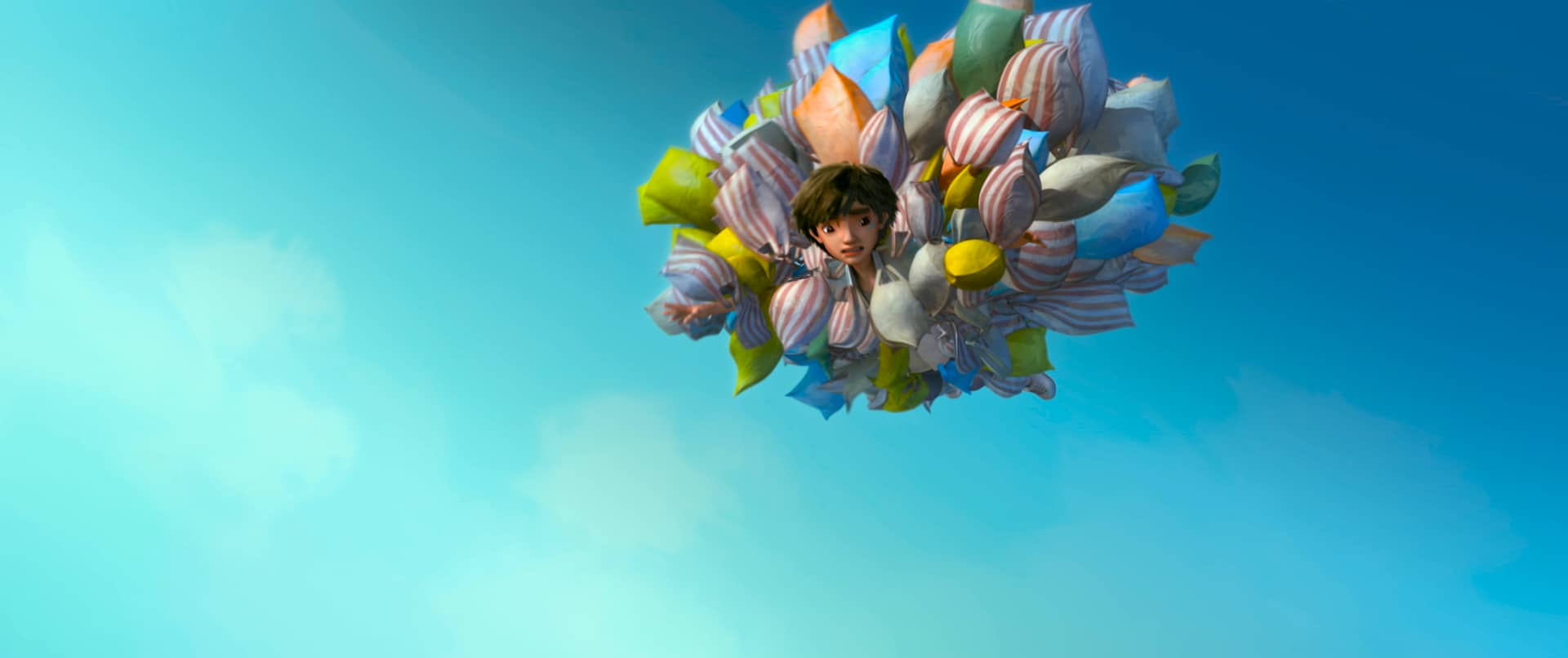
I also noticed a lot of Hollywood movie shots.
I have Hollywood background. From 1983-1989, I studied filmmaking at UCLA. To communicate with my crew, I naturally used a lot of iconic Hollywood examples. The spark plugs are from a water tentacle sequence in “The Abyss” by James Cameron. Another example is the red eye/ monitor of Armored Trucks. The red eye is actually referenced from the super villain computer Hal from 60's “2001 Space Odyssey” by Stanley Kubrick. For ending of the film, when Leaf and Baggy walk into the sunset, I told my animators to take a look at the endings of some important Westerns, like “Shane” and “The Searchers.” I use movie references all the time. I guess this is because I am familiar with them and they are easier for the crew to understand. Most importantly, I think it is interesting to pay tribute to the films that influence me this way. They're a bit like fun references for movie insiders.
Why did you choose to animate in 3D then?
We're making a movie with moving plastic bags! There are so many things we could do that simply cannot be done in live-action. [Moreover,] I did not just use the films as the references, I used a lot of animals. Like the spark plugs — in the very beginning I used snakes. Actually, I personally recorded the hissing of the snakes to facilitate the animation. (demonstrates hissing)
For Baggy, we referenced jellyfish, and the movement of big plastic bag balloon we referenced that of a cuttlefish. Animals are very helpful.
The setting of Taipei seems to be very prominent – and recognizable to me, an international viewer, with the emphasis on Taipei 101.
Taipei-based viewers should also be able to recognize that Trash City is based on an older part of Taipei, the downtown west, as blue print. Trash City's marketplace is based off of The Red House, a brick public market built during the Japanese colonial era. It used to be a seedier part of town. There's a theater there now, though.
Taipei 101 symbolizes the new, and the movement towards the building is like a movement out with the old, and in with the new. One viewer in Taiwan thought the film has political connotations. This isn't intentional, though I guess any interpretation is okay. We have to move on.
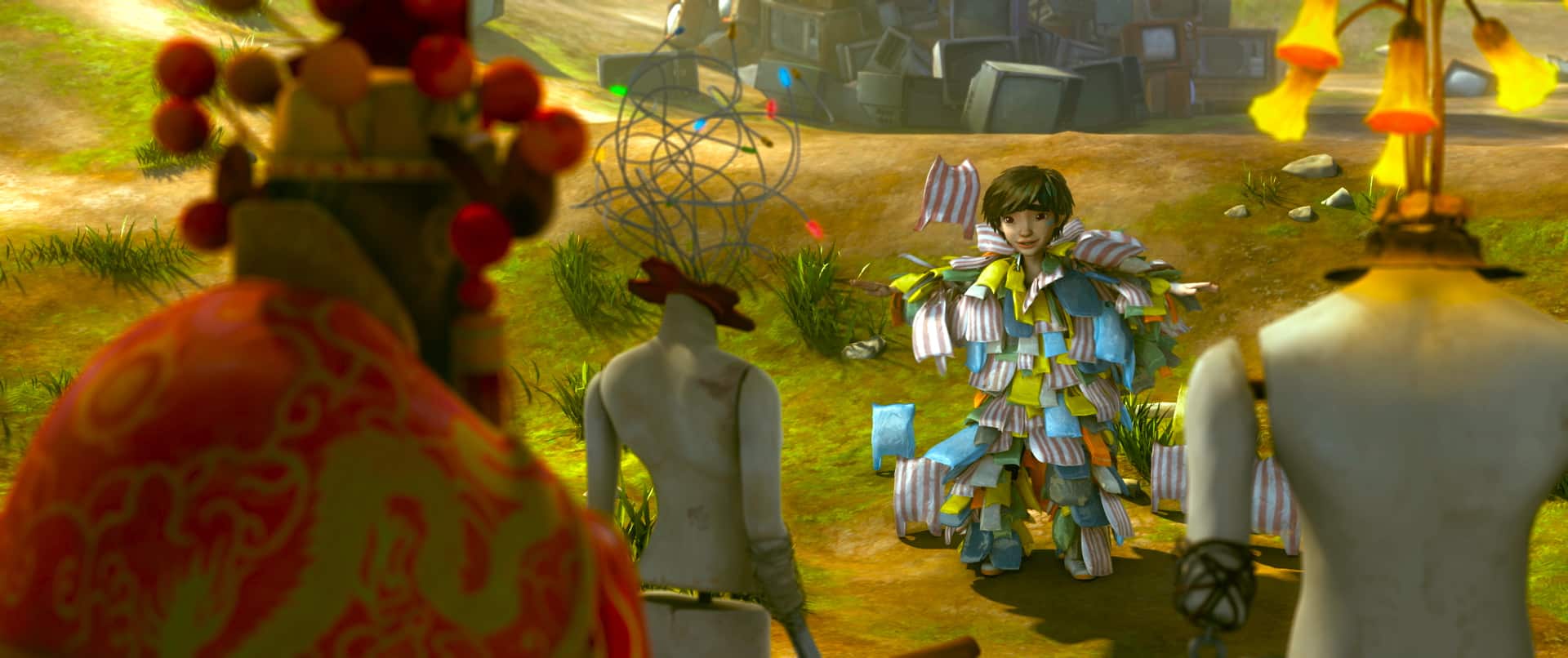
Your film's tone feels very ambiguous. Sometimes it feels like a satire, or it's very whimsical; other times it feels very grave, like it's speaking to a bigger issue.
When we screened the film in Taiwan, the audience was very serious. People did not really laugh. We're curious to hear how the reception in Annecy went though.
Once again all my previous works have social issues hidden in the narratives, same as “City of Lost Things.” When writing the film, I even remember juggling what kind of trash Leaf would be friends with. Then I thought, it must be fun to write a story of the friendship between the most common plastic bag and a teenager. It is the ultimate fetishism. They come in an stages: first I find a personal connection; then what is fun to work with; then the theme; and then the message.
Speaking of moving on — what are your thoughts about the Taiwanese independent animation industry today?
Very difficult. Animations, especially feature animations, takes up a lot of money, time and man power. I also make live action films. It takes about a year for me from start to finish to make a live action feature. But “City of Lost Things” took more than ten years.
That is why only a few Taiwanese feature animations get finished in the past decades. The animation industry usually receives OEM orders from not only Hollywood but the whole world. However, it rarely produces its own films. They're basically making foreign films, not Taiwanese films. I wish I could help to change the situation, especially after “City of Lost Things,” but I do not really know how. I recently started giving speeches to the young animators about the making of “City of Lost Things” to share my experiences and to encourage them. But these are just talks; nothing substantial as far as I am concerned.

Ten years! How did you finance your film?
When I wrote the script, I did not know how to make it because I knew how difficult it was to make an animated feature in Taiwan. So I entered the most important script competition in Taiwan and — fortunately — got the top prize. Then I entered The Golden Horse Film Project Promotion (FPP), another competition for potential films. Once again, “City of Lost Things” got the first prize and 1,000,000 NTD award money (a little more than 30,000 USD).
We used the money to get the basic work done – like concept drawings, finding investments in Taiwan, and traveling to Hong Kong, Beijing, and Paris to look for potential partners. We finally got two major investments from Taiwan and overseas partners, and signed MOUs. However, around four years into filming, the foreign investors changed their minds. It's still a mystery to me. The production had to be shut down for almost three years as we raised money during the hiatus.
Eventually, the film got some government subsidy, and the animation production company [I worked with] was generous enough to give us a substantial discount after previously working with us for almost four years. Of course we had to simplify some shots, shorten the film length and make some major changes in order to meet the new financial structure. But the film got finished. I learned a lot when dealing with the financial parts of filmmaking, which was rather new to me.
Whew, that sounds like an ordeal. Do you have any other projects on the table then?
Nothing concrete at the moment. But I think I am back into making live action for my next project for a change. I am writing the scripts for a 13-hour TV series right now. It's about two 30 something lawyers, which is new to me. I'm used to working with teenagers and coming-of-age movies, so it already feels different to write for adults — who have more dialogue, less actions, and so on. Lawyers talk a lot more than teens do!





